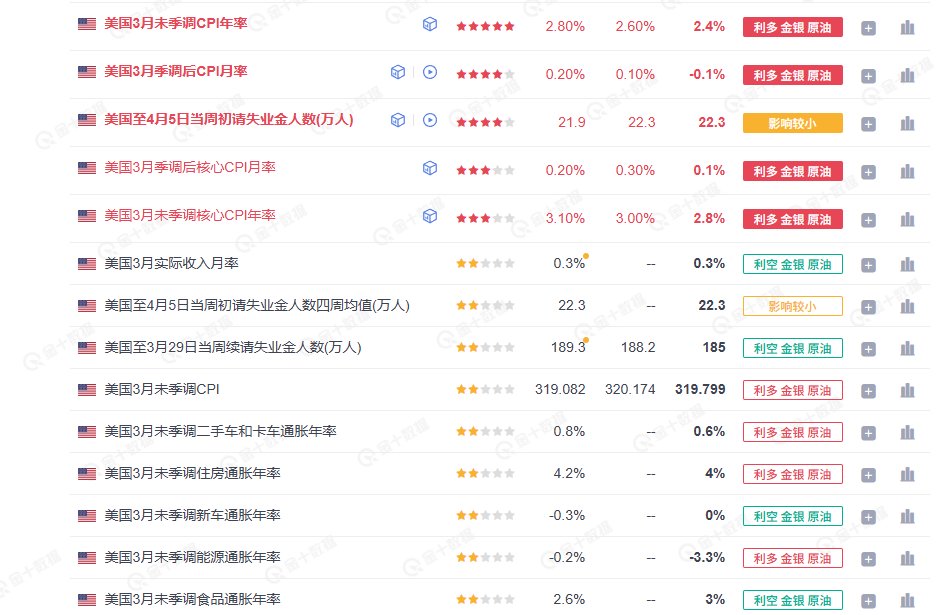Today's CPI data is somewhat difficult to interpret. Firstly, the overall inflation is declining, which is a good thing. Both the nominal CPI (CPI year-on-year) and the core CPI are decreasing, indicating that even with the 20% tariffs imposed by China, inflation in the United States has been brought under control. One could say that without external interference, the Federal Reserve could see a path for inflation to return to 2%.
However, the monthly CPI surprisingly turned negative, which indicates that inflation has turned into deflation. This data is not very friendly, as deflation generally means a decrease in purchasing power and insufficient demand, usually accompanied by weakening employment, rising inventories, and shrinking manufacturing. In simpler terms, deflation represents a downturn in the economy.
Moreover, for the Federal Reserve, deflation is even scarier than inflation, as it means an increased debt burden, declining asset prices, and a comprehensive contraction in investment and employment.
As a result, the market has heightened expectations for a rate cut in June, which also corresponds to increased expectations for a downturn in the U.S. economy, leading to declines in risk markets.
This tweet is sponsored by @ApeXProtocolCN | Dex With ApeX

免责声明:本文章仅代表作者个人观点,不代表本平台的立场和观点。本文章仅供信息分享,不构成对任何人的任何投资建议。用户与作者之间的任何争议,与本平台无关。如网页中刊载的文章或图片涉及侵权,请提供相关的权利证明和身份证明发送邮件到support@aicoin.com,本平台相关工作人员将会进行核查。




